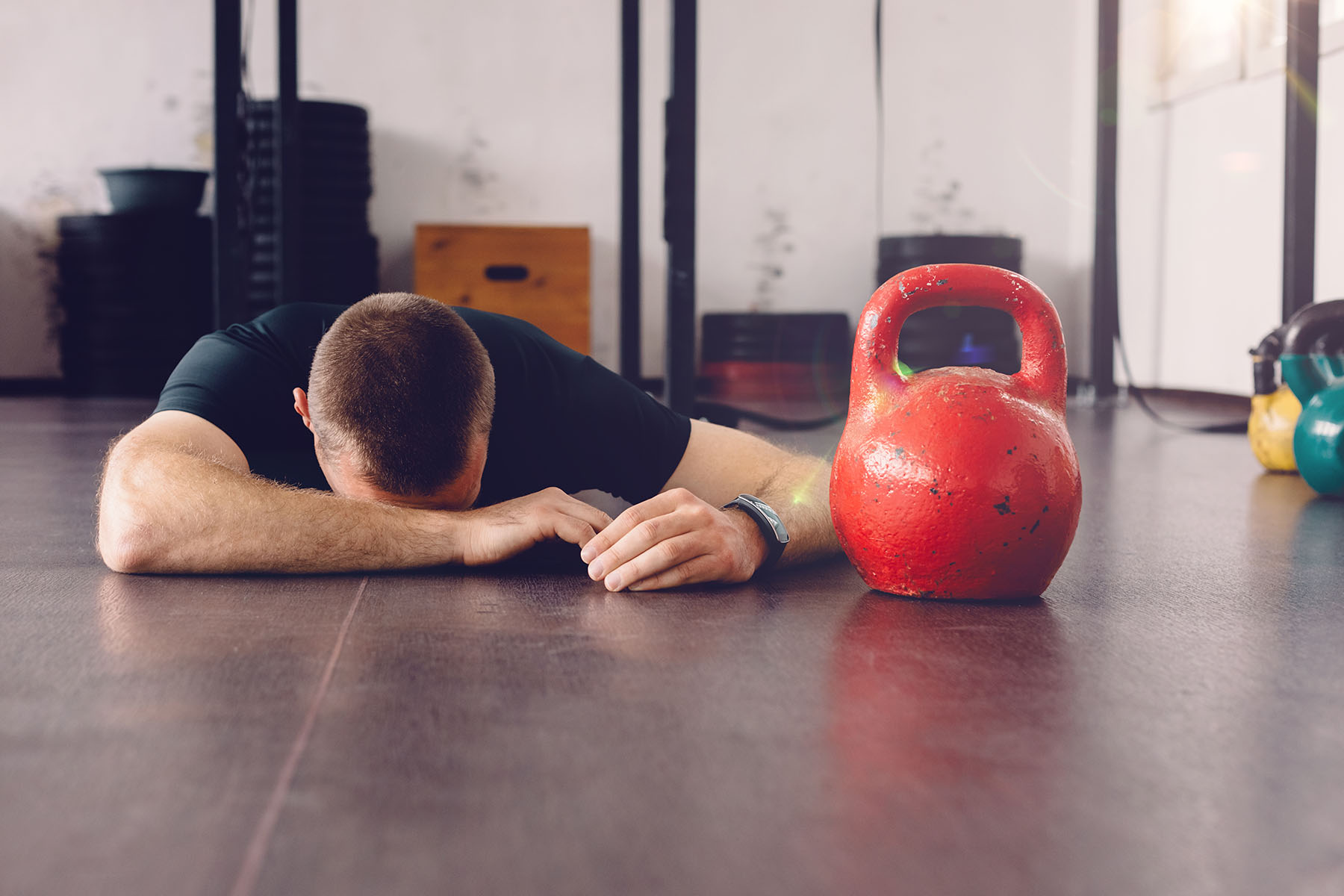Sore After the Gym? It Might Be DOMS

Athletes and athletes-in-training can tell you: The line between normal, run-of-the-mill soreness and injury when working out can be quite thin. Here’s what you should be on the lookout for.
Strength training should be a key component of everyone’s exercise routine. The federal government specifically promotes performing muscle-strengthening activities twice a week in its most recent recommendations for physical activity, along with moderate to vigorous aerobic exercise.
Anyone who’s ever tried a new routine at the gym knows the risk when you lift weights — severe soreness. It usually arrives in the next day or two. And , it’s also completely normal, according to Dr. Michael Baraga, an orthopedics expert at the University of Miami Sports Medicine Institute and team physician for the University of Miami men’s and women’s basketball teams.
It’s known as delayed onset muscle soreness or DOMS.
You may feel like you can barely move your arms. You may think that you’re stuck in bed and unable to walk. But both of these sensations are a natural part of the process when you start lifting weights for the first time in a while, or after you work new muscles at the gym, says Dr. Baraga.
“When you lift weights, muscle fibers develop small tears where new muscle can grow,” he says.
In fact, Baraga adds that DOMS can last up to three days or more after completing a workout. However, it should always subside on its own over time, and it should lessen as you continue with your strength training regimen.
No, you’re not a wimp.
There’s no question that DOMS can manifest as intense soreness. You may struggle walking and even experience some swelling or joint stiffness.
But it should never be sharp or severe, and it shouldn’t impact you as you are actively trying to perform a strength training exercise. If this is the sensation that you’re feeling, then you may dealing with a legitimate injury. People often notice an injury while they’re in the middle of an exercise, says Dr. Baraga. If your pain persists for more than 72 hours, you are outside the typical DOMS window. Talk to your doctor.
“I see injuries when people are trying to do too much, too fast, too soon while also exhibiting poor technique,” he says. “While high-intensity interval training has its merits, it can lead to injuries as well. People tend to sacrifice good form when they’re trying to do a number of reps as quickly as possible.”
What is that twitch all about?
Muscle spasms or twitches: odd phenomena that can have you wondering, “What on Earth is wrong with me?” Not to worry, these involuntary muscle movements can occur when you try to lift too much or do an exercise too many times.
Dehydration or an electrolyte imbalance are other common causes of muscle spasms at the gym. So, bring that water bottle along to the gym – and refill it at least once.
Let your body heal
If you notice any of the warning signs of an injury, take a break from the offending activity, says Dr. Baraga. Treat it with the age-old adage of RICE (rest, ice, compression and elevation).
If the pain is sharp and severe or persists for several days, seek medical attention. “The good news is that most gym-related injuries don’t result in surgery, but it depends on the situation,” says Dr. Baraga. “Most involve avoiding the offending activity and resting to let the body heal. The trick with that, of course, is patience.”
Wyatt Myers is a contributing writer for UMiami Health News.
